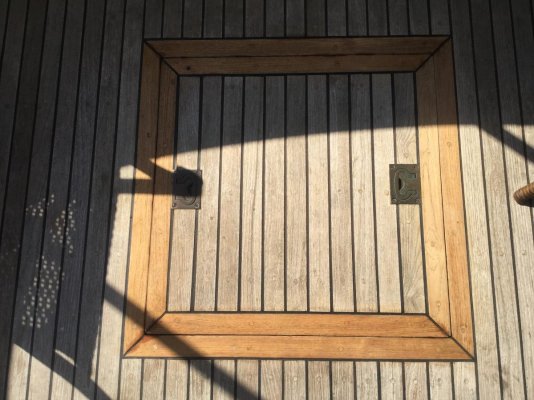Better know what your doing when using a heat gun. Big problems , if wood gets burned. Also I would use the weakest acid, cleaner, first. There is only so much wood, and you cannot put the wood back on the rail. Same goes for scraper, always pull towards you, learn how to properly sharpen. Be very careful not to catch the corner of the scraper. If possible sand across the grain, in EARLY stages. Remember, less is more with grade of sandpaper, as high as number practical, always, better more labor than less wood. In med stages, ALWAYS sand with the grain, to the end of sanding. 220, for final sanding before, first thinned coat of varish.if you decide, to vanish, ask , I have an excellent way of knowing how to thin. In my opinion, most important step in Appling vanish, but many other important steps also, including but not limited to, weather, wind, dew, brush, time of day, etc,etc. I like to start with less coarseness than 80, if possible, 100, 150,220. Ask away , a lot of very experienced people on here, that can save you a lot of agg.







